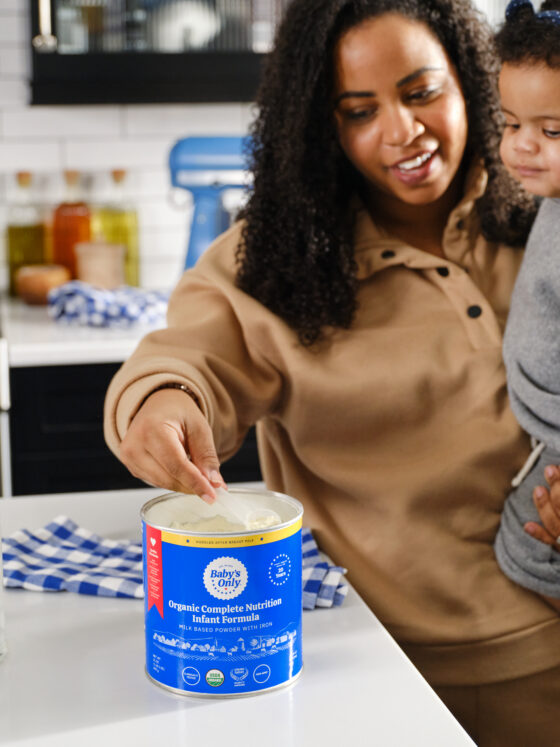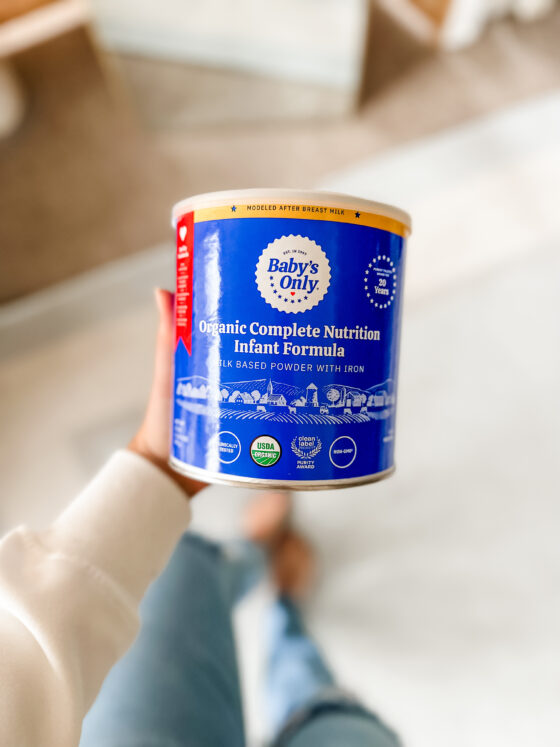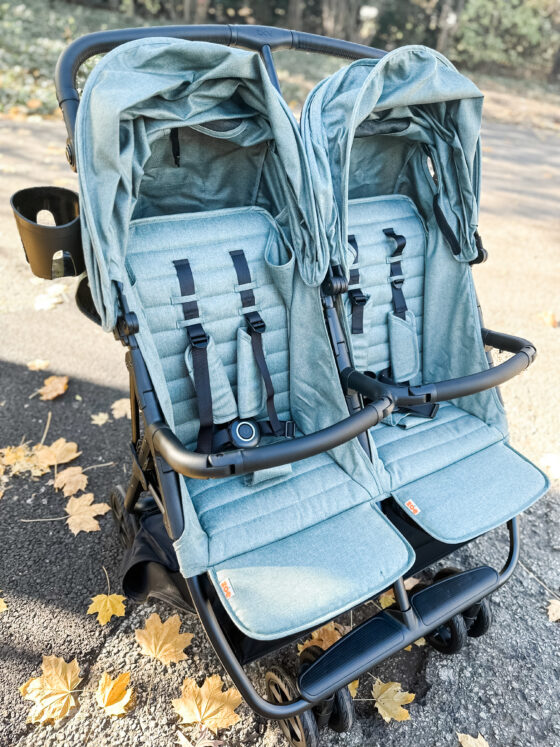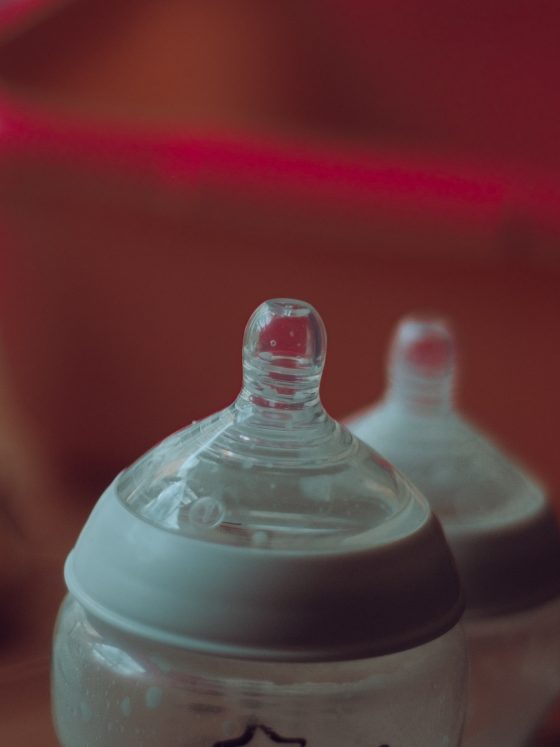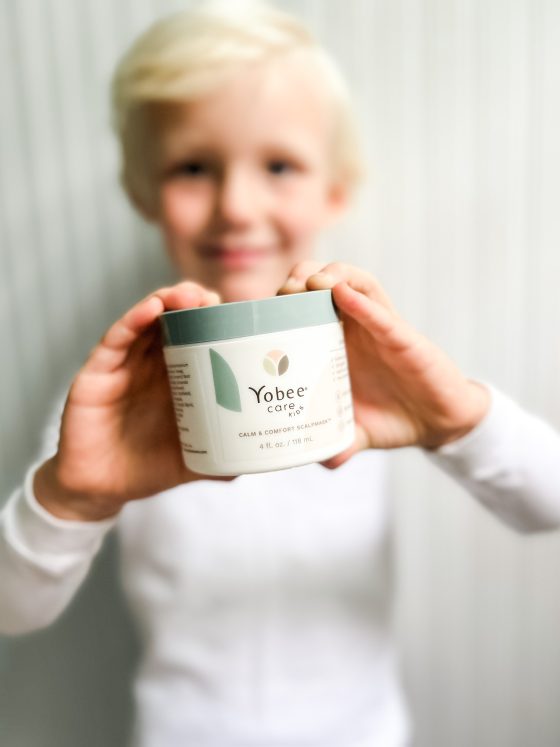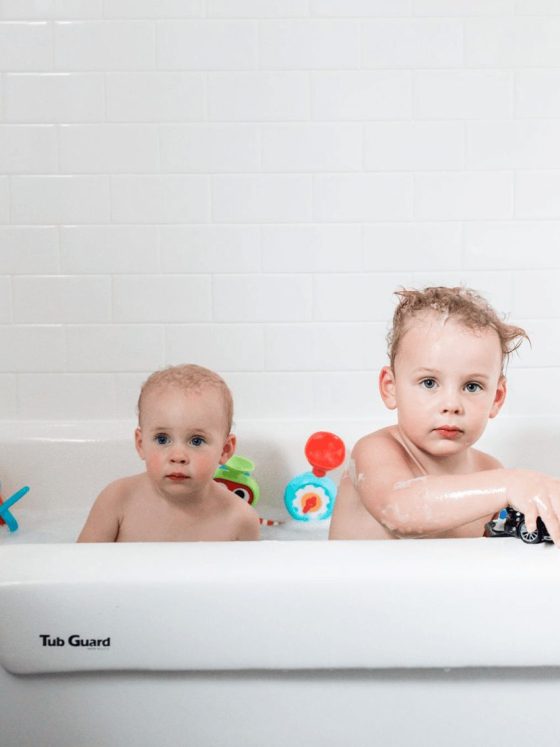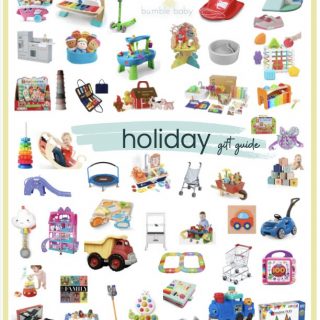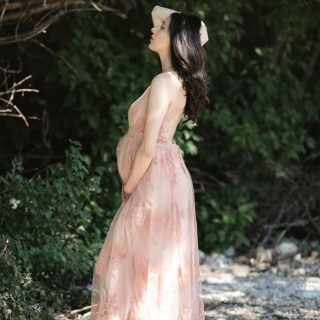SIDS – 5 things you need to know

Sudden infant death syndrome, more commonly known as SIDS, is single handedly one of the scariest phenomenons to think about as a new parent. What is SIDS? How can this happen? What are methods of prevention? Is it common? All these questions and more will be answered in this informative post.
What is SIDS?
The Mayo Clinic’s definition of SIDS is the unexplained death of a seemingly healthy baby, less than one year old, usually during sleep. While the exact cause of SIDS is still not known, recent research supports possible defects in the infant’s brain which is responsible for arousing from sleep and breathing. SIDS is responsible for about 3,500 infant deaths a year.

Causes of SIDS:
The exact cause of SIDS is unknown, however there have been identified risk factors in both the delivering parent and infant that can predispose an infant to SIDS. There also have been studies to identify safe sleep measures to help reduce the risk of SIDS for young infants.
Risk factors in baby:
- Age- most vulnerable infants are between the ages of 2-4 months
- Secondhand smoke exposure
- Prematurity
- Brain defects/ genetic conditions
- Respiratory infections
Risk factors in delivering parent:
- Sleep deprivation
- Cigarette, alcohol and/or drug use
- Inadequate prenatal care including lack of education on safe sleep measures

SIDS prevention:
Safe Sleep Environment:
While there is no guaranteed prevention against SIDS, the biggest measure we can take is providing a safe sleep environment for our little ones. I look back at pictures when I was a baby and my crib was FILLED with stuffed animals, blankets, pillows and a plush bumper that went around the inside to prevent me from bumping my head (this is NOT safe!!). A giant NO-NO in today’s sleep world.
The Safe to Sleep Campaign aims to educate families on practicing safe sleep measures for their babies to help protect against SIDS. Baby should be:
-
- Alone
- Baby should also not co-sleep with parents or other siblings, but rather have their own sleeping space to prevent risk of accidental suffocation.
- On Back
- Babies should be placed on their backs to sleep as this is the safest position for them.
- Crib or Bassinet
- Baby should be in their own crib or bassinet on a firm mattress, without toys, blankets or pillows, including positioners such as a DocAtTot, boppy, head shapers or similar items.
- Alone
Safe sleep tips:
- Boppy pillows, boppy loungers, nursing pillows, crib wedges, DockATots or similar items are NOT FOR SLEEP. These containers are not safe for sleep due to suffocation risk if baby were to roll or turn into plush fabric and improper neck position (chin to chest) leading to asphyxiation in infants.
- The Boppy Lounger was recently recalled due to its link to 8 infant deaths, as well as the RockNPlay in 2019.
**Checkout our bog post on the safe use of containers
- If baby falls asleep in car seat, swing, lounger, carrier they should be moved to crib ASAP. Flat surface is always safest.
- Baby should be properly harnessed in the car seat at all times, even in the stroller, to prevent positional asphyxia.
- Remove extra padding from strollers while baby is sleeping.
- In case baby falls asleep in stroller and is not able to be moved to crib right away, extra padding from strollers should be removed to avoid suffocation or positional asphyxiation.

- Pacifiers are ok to use during sleep
- Recent research here and here suggests that the sucking and therefore constant breathing a baby does when sucking on a pacifier can help prevent SIDS. Here is our favorite pacifier to try!
- Swaddling
- Make sure there are no loose blankets and that baby is on its back in a swaddle. Once baby starts to roll in the swaddle, it’s time to ditch the swaddle for a sleep sack. Read more about this in our blog post, Kate’s 5 S’s of successful infant sleep.

- Cool sleeping environment
- No need to add extra blankets to keep baby warm. They only need one additional layer than you! Use a tight swaddle (for non-rolling babies) or sleep sack for older babies to avoid loose blankets! Check out our favorite safe sleep sacks and swaddles here.
SIDS is not always preventable
The biggest takeaway from researching SIDS was knowing it is not always preventable, but there are many safety measures we can take as parents and caretakers to lower the risk.
Make sure that everyone who is caring for your baby understands the risks associated with not following safe sleep measures. This includes babysitters, nannies, family members, and older siblings capable of understanding. Do not assume that all caregivers know how to ensure a safe sleep environment. Teach them before you leave them! Education is the most important tool we can use to save our babies from SIDS!
Watch Kate’s sleep workshop! Kate is a certified sleep consultant and NICU RN and hosted a crash course on how to ensure successful sleep in your infant 0-4 months. The recorded version is available below to purchase!
WATCH WORKSHOP NOW
Other helpful blog posts and e-guides:
- Successful sleep 0-4 months e-guide
- Kate’s favorite sleep products for 0-6 months
- Safe use of baby containers
- 10 safe swaddles and sleep sacks
- Newborn acne – when should I worry?
**This post is educational and not meant to take the place of your provider. Bumblebaby makes a small commission on some of the items listed above


